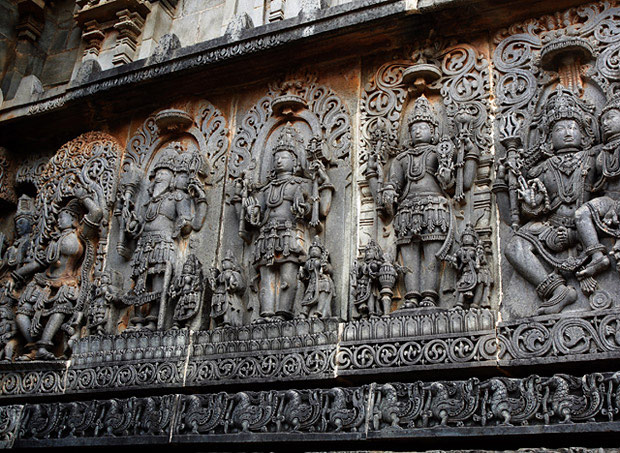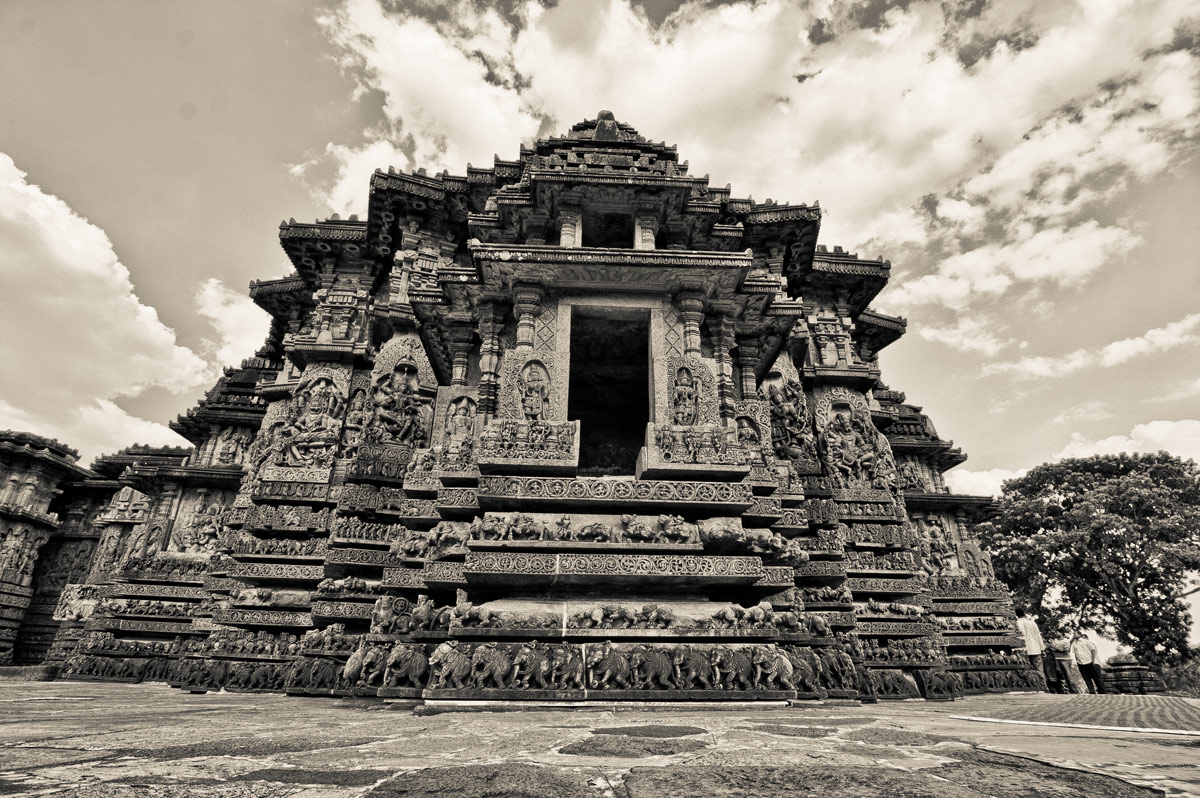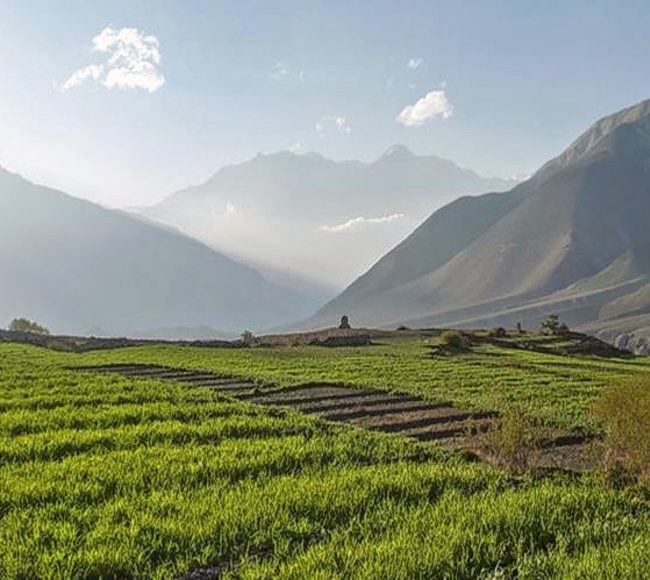Best of India Tours
- Golden Triangle Tour- Best of India & Nepal
- Classical Rajasthan
India Cultural Tours
- Images of North India- Karnataka Heritage
- Rajasthan & Goa Tour
Discover India Tours
- Grand India Tour- North to South India
- Central to South India
Rajasthan Tours
- Classical Rajasthan Tour- Golden Triangle Tour
- Grand Mughal Tour
India Luxury Trains
- Palace on Wheels- The Golden Chariot
- India Deccan Odyssey
- The Indian Maharaja
- Royal Rajasthan on Wheels
Nepal Tours
- Glimpses of Nepal- Buddhist Pilgrimage
- Nepal River Rafting
- Destinations of Nepal
- Nepal General Info
India Wildlife Tours
- North India Wild Life- South India Wildlife
Tibet Tours
- Tibet Monastery Tours- Explore Tibet
- Destinations of Tibet
Spa & Yoga Tours
- Ananda in Himalayas- Yoga & Meditation
Adventure Tours
- Manali Safari Tour- Himalayan Trekking
- Horse Safari
Hassan
Aihole
![]() Badami
Badami
![]() Bangalore
Bangalore
![]() Belur
Belur
![]() Bijapur
Bijapur
![]() Coorg
Coorg
![]() Halebid
Halebid
![]() Hampi
Hampi
![]() Hassan
Hassan
![]() Hospet
Hospet
![]() Mysore
Mysore
![]() Nagarhole
Nagarhole

Located in the South Indian state of Karnataka at around 187 km from the state capital Bangalore, Hassan extends from 13°01/’ North to 76°10/’ East. Being the nearest railhead to Belur, Halebid, and Shravanbelgola, Hassan is an ideal base to explore these historical sites.
The region of Hassan had been under the control the Hoysala from 11th to 13th century AD. It was during this period that the great temples of Belur and Halebid were constructed. Hassan was also greatly influenced by Jainism. It became a well-known centre of Jain literature.
This busy little town has a pleasant climate throughout the year. The summers are warm with the temperature soaring up to 35°C. The average annual rainfall in the district is around 700 mm. You can visit the place any time of the year but it is advisable to avoid the rainy seasons.
Sightseeing
Belur and Halebid had been the capital of the Hoysalas, who ruled over a large kingdom between Krishna and the Kaveri rivers. Besides being great warriors, the Hoysalas were also great patrons of art and culture. As such, one sees the great works of art out here, the works which have survived over the centuries and even today mesmerize all those who come here year after year. Some of the main attractions are the Channekeshava Temple at Belur and Hoysaleswara temple at Halebid. Besides these, there are various other smaller temples and Jain temples that are worth a visit.
Excursions
The main excursion around Hassan is Shravanbelagola, a Jain pilgrimage centre famous for the statue of Gommateshwara. The statue, an impressive site, stands on the Vindhyagiri overlooking the town of Shravanbelagola. Another place worth exploring is Chikmagloor, a historical town with several important monuments like Kodandarama Temple, the Jamia Masjid, and the St. Joseph’s Cathedral. Chikmagloor also provides some exciting trekking routes in the Western Ghats.
Excursions for Hassan
Belur
Situated on the banks of the Yagachi River, Belur was the first capital of the Hoysala dynasty. The Channekeshava Temple here is one of the three major Hoysala sites still in daily use. One of the earliest structures of its type, the construction of the temple was started in 1116 and took almost a century to complete. The Hoysalas built it to commemorate their victory over the Cholas. The temple is dedicated to Lord Krishna. Built on a star-shaped platform, the temple stands in a courtyard surrounded by a rectangular wall. The winged figure of Garuda, Vishnu/’s carrier, stands at the entrance facing the temple.

The temple doesn’t seem to impress one at the first glance as much of the superstructure has been lost. However, as one moves towards the temple, the work of excellent craftsmanship is revealed. Exquisite sculptures cover the exteriors. The base is surrounded by a line of 650 elephants with rows of figure and foliage above. Young musicians and dancers adorn either side of the main door. At the centre of the hall stands the Narasimha Pillar whose astonishing details are worth a look.
To the west of the Channekeshava Temple lies the Viranarayana Temple. You can have look at the fine sculpture of the temple and also visit some of the smaller temples around it.
Halebid

Founded in the early 11th century as Dvarasamudra, this ancient capital of the Hoysala empire was destroyed by the armies of the Delhi Sultanate in 1311 and 1327. The famous Hoysaleswara temple, which today is the centre of attraction, however survived the destruction. The town was later renamed as Halebidu or Halebid.
The Jain bastis nearby form another major attraction in Halebid. These 12th-century temples stand in a garden enclosure where you can walk around and have a look at the dark interiors with carved ceilings.
The history of the Hoysaleswara temple dates back to around AD 1121. Though its construction spanned over 80 years, it was never completed. In structure, the temple is similar to the one at Belur. The temple is set in a well-tendered garden and has two shrines dedicated to Lord Shiva. A Nandi bull faces the each shrine. All around the temple one can find big statues of Hindu deities with minute details on them displaying the excellent craftsmanship.
Chikmagloor
Barely 60 km from Hassan, Chikmagloor (literally, younger daughter/’s town) is carved against a mountainous canvas of lofty peaks, delightful dales, racing rivers and sparkling streams. This hilly district situated in south-western part of Karnataka also has some exciting trekking routes in the Western Ghats. Chikmagloor town is a centre of education, trade and commerce and has some interesting monuments belonging to all religions. The Kodandarama Temple (which shows influences of both Hoysala and Dravidian styles of architecture), the Jamia Masjid, and the St. Joseph/’s Cathedral are some of the important monuments not to be missed. Another place worth visiting is Hiremagloor (now a part of Chikmagloor town) that has an Ishwara Temple with a 1.22-metre-high image of Jademuni.

Shravanbelagola

The Monk of the White Pond or Shravanbelagola is the oldest and the most important pilgrimage centre for the Jains in the country. The town is famous for being the home to the world/’s tallest monolithic, the Gommateshwara statute. The 17-metre-high statue representing the saintly prince Bahubali was erected some time between AD 980 and 983. To reach the site of the statue, which stands on the hill, you need to climb a flight of about 700 steps carved in the steep granite slope. The path starts near the village and as you go up you can have an excellent view of the surrounding areas. Several small shrines dot the path up to the statue. The carved statue is nude and captures the tranquillity typical to the Buddhist and Jain art.
Shravanbelagola becomes a hub of activity during Mahamastakabhisheka or the ritualistic head-anointing ceremony of the statue of Gommateshwara. About 200 metres to the left of the path leading to the statue lies the Bhandari basti. Believed to have been built in AD 1159, it houses 24 images of Tirthankaras in a spacious sanctuary.
Fact File
 Area: 26.67 sq. km
Area: 26.67 sq. km
 Population: 1,08,706
Population: 1,08,706
 Altitude: 957 metres above sea level
Altitude: 957 metres above sea level
 Best Time to Visit:October to March
Best Time to Visit:October to March
 Languages:Kannada and English
Languages:Kannada and English
 STD Code: 08172
STD Code: 08172
Click on the below links for Hassan
-
Cultural & Heritage Tour of Karnataka
Mumbai (Bombay) – Bangalore – Mysore – Hassan – Hospet - Hampi – Aihole – Pattadakal – Badami – Goa – Bombay
 Duration:(14 Days)
Duration:(14 Days) -
South India Panorama
Bombay - Madurai – Periyar – Kovolam – Alleppey - Cochin - Mysore – Hassan – Hospet - Hampi – Aihole – Pattadakal – Badami – Goa
 Duration:(20 Days)
Duration:(20 Days) -
India's Lost Frontiers
Mumbai - Hyderabad - Bijapur - Badami - Hospet - Hampi- Dandeli - Goa - Mumbai
 Duration:(13 Days)
Duration:(13 Days)




